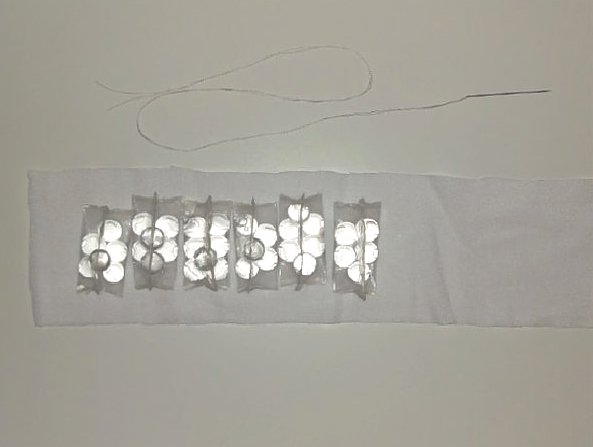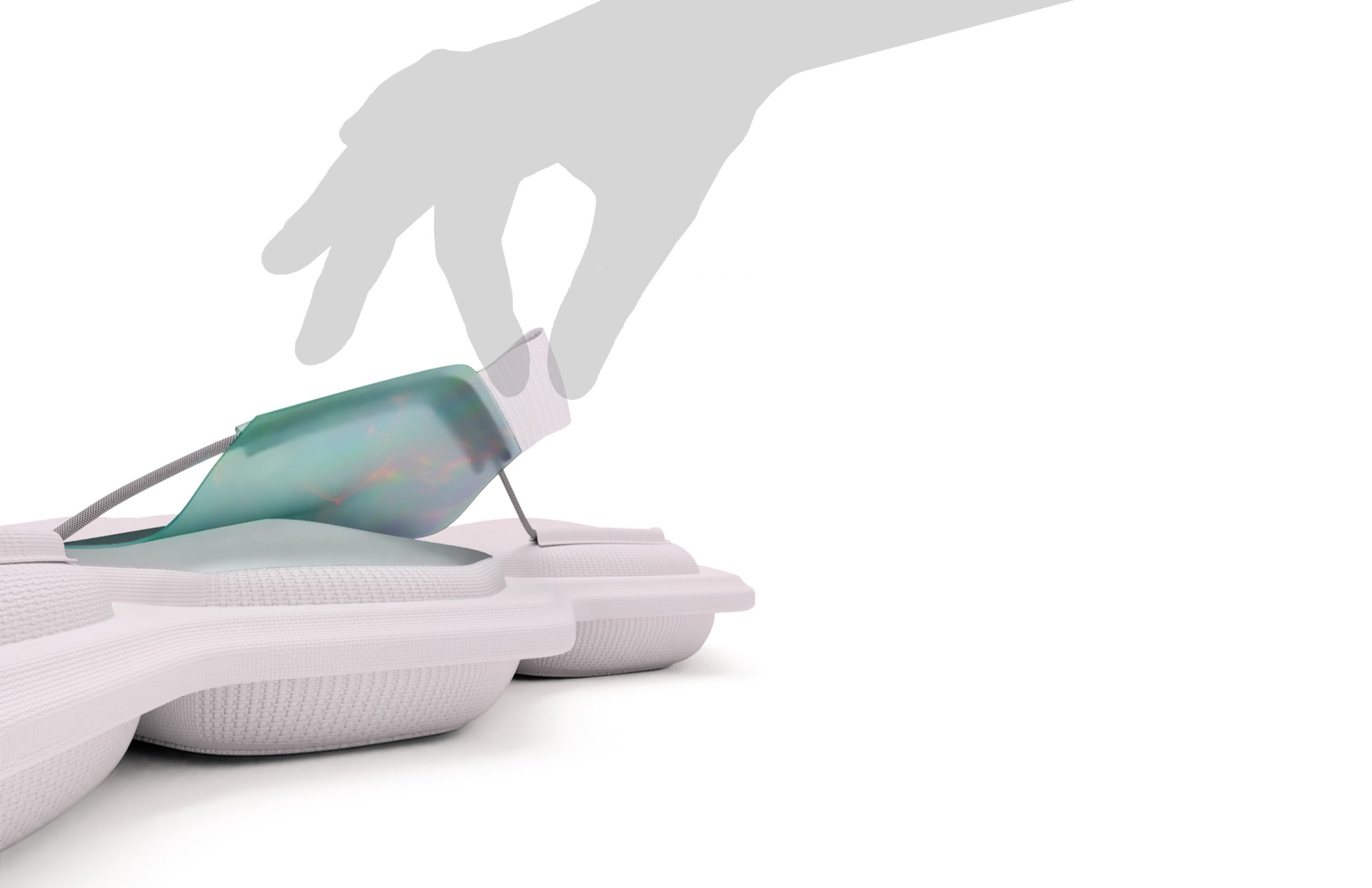“Hail” Ice Pack
In athletics, injury recovery routines are crucial to an athletes’ safe and healthy return to their sport and daily life. This project dives into making athletes’ healing journey more accessible, sustainable, and integrated into their busy schedules.
The focus of this project is icing - one of the most common methods for injury healing and prevention. It's an essential treatment that nearly all trainers incorporate into physical therapy.
WHO
the Starters,
the finishers
You see them in the starting lineup and at the finish line. They are high achievers on and off the field who seem to have it all. And they always give it their all. But behind their charisma and mental-toughness is a buildup of pressure. And no one puts more pressure on them than themselves.
Because of these high expectations, loss and failure cut deep. But, they don’t dwell or throw in the towel when things get hard. They shift their loses from negatives to positives, viewing them instead as learnable moments. They work relentlessly to bounce back - and because of that they are that much stronger.
RESEARCH HIGHLIGHT
66%-75% of athletes get injured
Most collegiate athletes will be injured at least once in their 4 years. It may not be career ending, but even minor injuries like an ankle sprain require several weeks of care to heal.
PAIN POINT
A busy day in the life
Their schedules are packed to the brim. When they become injured they must somehow squeeze recovery treatment into the mix. With less time to decompress and socialize, their mental health takes a toll - strained with emotions such as anxiety, stress, and exhaustion.
NOTES
Jobs, classes, clubs, and athletics require the same amount of time whether the athlete is healthy or injured (lower section of graphic.)
The main compromised responsibilities include sleep, studying, meals, social events, and free time (upper section of graphic.)
Icing methods Are time consuming
The most common method of icing is a bag of ice attached with plastic wrap. It is messy, wasteful, uncomfortable, and requires the athlete to make multiple trips to the trainer daily.
Bagged Ice + Plastic Wrap
Pros:
+_$
+_Good compression
+_Versatile
Cons:
-_Difficult to apply
-_Leaks
-_Wasteful, not reusable
Compression Sleeve
Pros:
+_Reusable
+_Good compression
+_High quality materials
Cons:
-_$$$
-_Uncomfortable, bulky
-_Not versatile
Flexible Gel Wrap
Pros:
+_$$
+_Reusable
+_Versatile
+_Easy to apply
Cons:
-_Lacks compression
-_Uneven ice distribution
“I don’t have enough time to be injured.”
Athletes know how crucial recovery treatment is, but it doesn’t fit into their schedules.
I interviewed injured student-athletes at Lawrence Technological University and asked how often they skip icing - 87% reported not meeting their required amount.
Between workouts, practice, games, classes, jobs, and extracurriculars, student-athletes find it impossible to add anything into their schedules. Because of this, when they're injured, they find themselves skipping icing.
Brand Philosophy
Just as hail develops through a cycle of falling and rising in the atmosphere, an athlete’s journey reflects a similar path in order for them to progress.
”The elevator to success is out of order…”
”…You’ll have to use the stairs.”
Product concept
Ideation began with exploring how to attach the pack to the skin. Referencing other technology in the sports industry, I was inspired by reusable adhesive patches used in electric stimulation. This way of attachment stuck out as the simplest solution (pun intended.)
Prototypes
I began by creating quick prototypes, exploring shapes of plastic pouches to hold hydrogel beads. I then assembled these pouches into rows and grids to create the whole ice pack. I created variations using elastic, bendable wires, and stretchy fabrics to determine the best solution going forward.
DESIGN GOALS
An Ice pack athletes actually want to wear
Comfortable
Portable
Reusable
Easy to apply
Final Design
Pull the reusable stickers off and attach them to your skin. When done, place them back onto their designated spots. Easily replace new stickers as needed.












